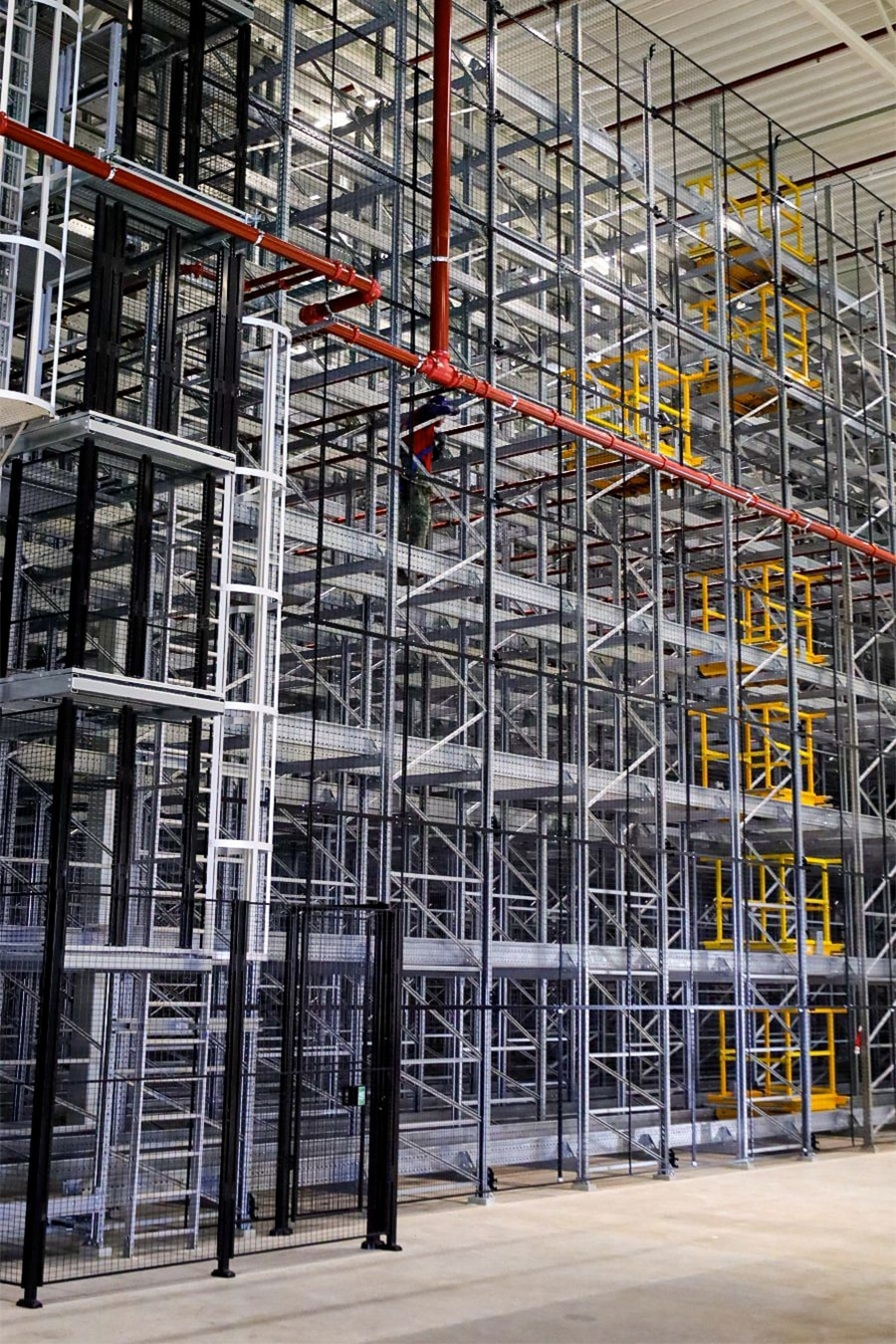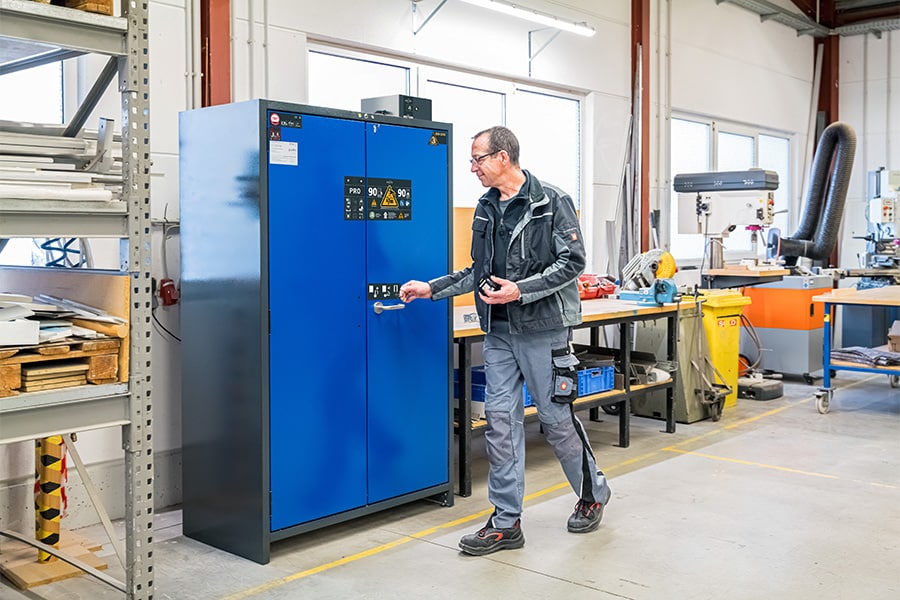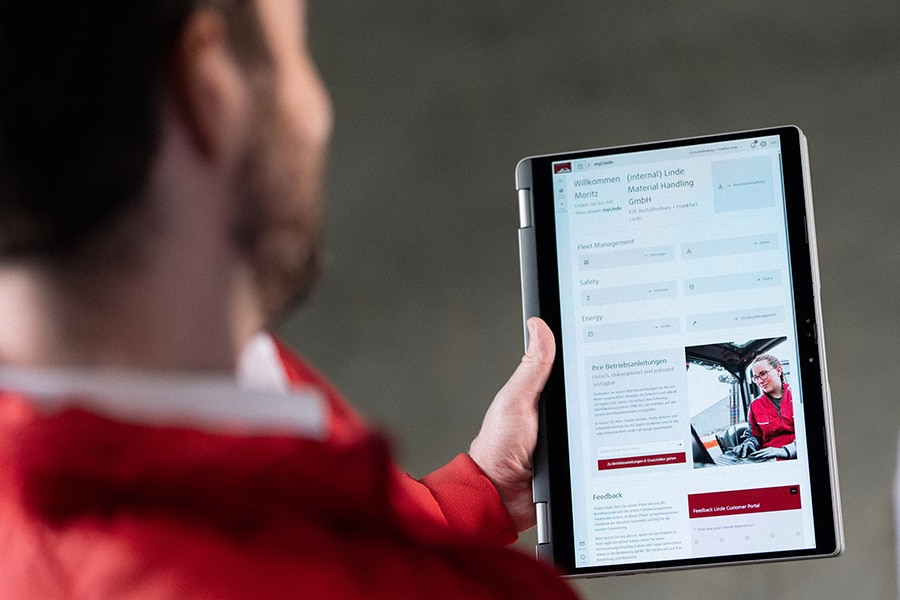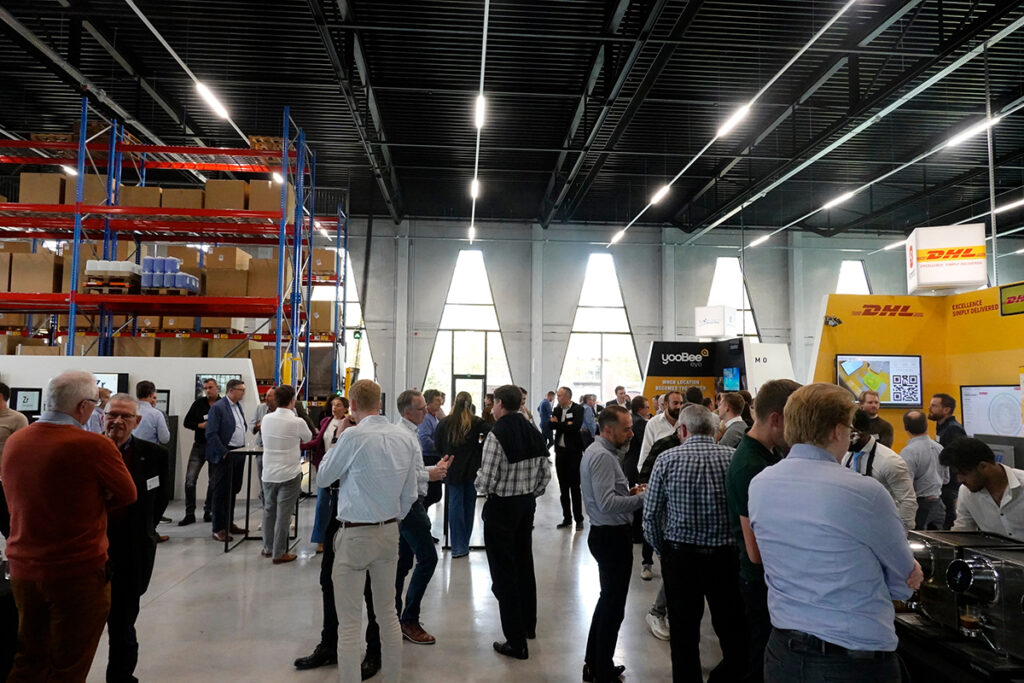
VIL's BILOG project demonstrates importance of smart Business Intelligence tools for targeted sustainability reporting
During a closing event at Log!Ville on Oct. 15, 2024, VIL presented the results of the BILOG project. This project supports logistics companies in the use of Business Intelligence tools. In particular, it responds to the need for reliable sustainability reporting that will soon become mandatory under European CSRD legislation. Two successful Proof of Concepts (POCs) at Altrea and ODTH demonstrate how BI tools can help logistics companies achieve both sustainability goals and cost optimization.
Companies with logistics operations are sitting on a goldmine of operational data from on-board computers, IoT systems and transport and warehousing management software, but often do not utilize it sufficiently. VIL is therefore calling on companies to put this data to smart use with Business Intelligence (BI) tools to be ready for mandatory CSRD sustainability reporting. The BILOG project shows that the key to success lies not only in technology, but especially in the right approach, user involvement and data quality.
"It's important to start with the questions companies want answered, not just the available data," says Dirk Staelens, project manager at VIL. "BI tools only really work when reports and dashboards are based on reliable data that directly support companies in their decisions."

Ready-made BI models
Dirk Staelens and Dirk Jocquet (also project leader at VIL) opened the BILOG event at Log!Ville as speakers. During his introductory presentation, Dirk Jocquet emphasized that VIL, in collaboration with UHasselt, has developed ready-to-use BI models that are easy to implement. These models include roadmaps and templates for data models. They are available online via the Logibox. Dirk Jocquet explained that the BILOG project helps companies define goals and data needs, and guides them in setting up a data platform for reporting and analysis.
POC for data-driven CO2-dashboard
An initial POC within the BILOG project involved the development of a CO2-dashboard for logistics service provider Altrea. The goal? To provide data-driven insights for sustainable business strategy and reporting. This process starts with defining transportation categories (TOCs), such as general freight and distribution, followed by calculating CO2emissions per ton-kilometer based on fuel consumption and distance traveled. The CO2-emissions per trip calculated, and distributed across different shipments within those trips. This gives Altrea a clear picture of the impact per transport, which helps with both internal and external reporting according to CSRD standards. The end result is an interactive dashboard that can be used internally, but also provides a reporting function for customers. With this tool, Altrea can reduce its CO2-strategy more precisely and transparently communicate sustainability goals.
POC for cost management in warehouse operations
Storage and Distribution Ter Haeghe (ODTH), a major logistics player with 165,000 sq. ft. of warehouse space, faced the challenge of expanding its service to more than 50 customers in one warehouse. Previously, it was focused on just one customer. The result of this growth was an increased need for advanced data analysis for a transparent view of profitability and cost allocation by customer segment. Working with BDO and Datasense, a BI solution was developed to provide insight into ODTH's profit-and-loss structures.
Savahna Voogt, senior consultant at BDO, presented the POC in which BI tools such as Power BI were used to accurately allocate indirect costs and identify profitable segments.
The agile project team worked with weekly sprints and actively involved ODTH in the visual development of dashboards. The POC led to useful insights, such as the right allocation keys for indirect costs, and provided the basis for further optimization. Savahna emphasized that the BI tools at ODTH effectively linked operational data with strategic decision-making.
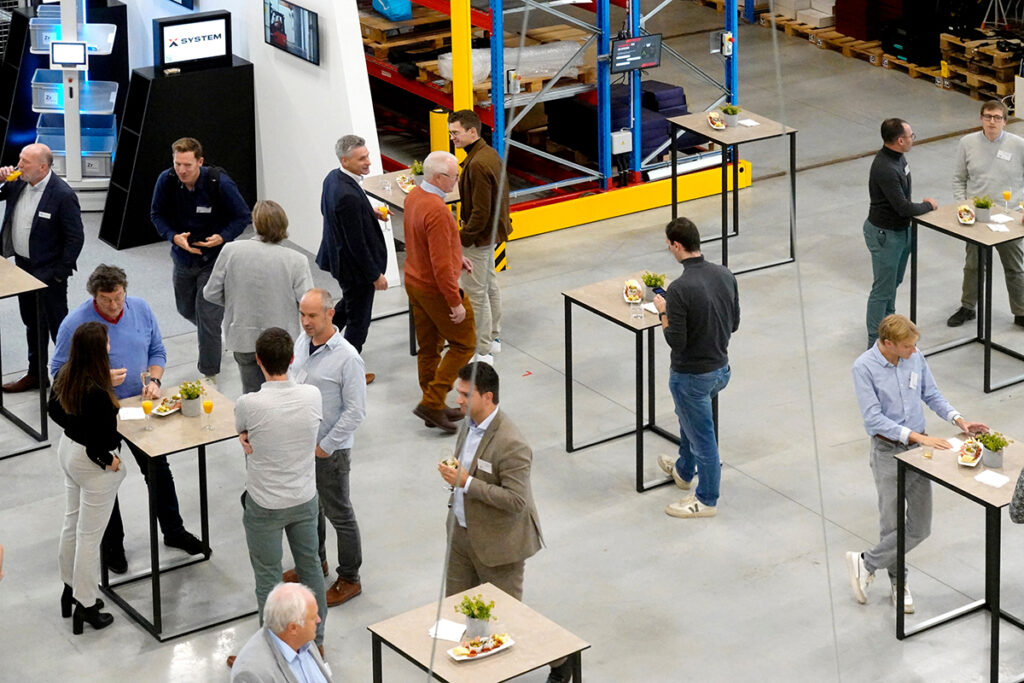
Data platform for analysis and visualization
Datasense, a consulting firm specializing in data platforms and visualization, played a crucial role in setting up a robust data platform for ODTH. In the POC, Datasense provided central data storage through a data warehouse, integrating multiple data sources.
Combining Snowflake with Azure and dbt for data transformation created an efficient platform that brings together data from different departments and enables in-depth analysis. During the presentation, Datasense explained that their data platform is built with several layers to ensure data quality and consistency. This platform is at the core of ODTH's new digital strategy, allowing the company to work more efficiently and make strategic decisions more easily.
Data-driven decision-making in logistics
Van Moer Logistics has more than 800,000 sq. ft. of warehouse space. The company integrated BI tools to meet increasing customer and legislative demands. It expanded its application portfolio and set up a datalake/data warehouse to efficiently store and analyze data. This platform not only helps Van Moer with operational optimization, but also offers strategic benefits such as insight into CO2-emissions and customer satisfaction. With tools such as Power BI and the Azure data platform, Van Moer can respond quickly to data requirements and has a clear, data-driven basis for decision-making. Joris Emanuel, IT director at Van Moer Logistics, said this strategy has improved internal collaboration and strengthened competitiveness.
VIL's roadmap for BI integration
The BILOG project offers a step-by-step approach for integrating BI in logistics companies. Dirk Staelens presented the six-part roadmap, starting with setting goals (phase 1) and demonstrating business value (phase 2) through prototyping. This is followed by modeling data requirements (phase 3) and setting up a data platform (phase 4). After creating dashboards and reports (phase 5), phase 6 focuses on data governance, which is essential to ensure consistency and reliability.
An important part of the roadmap is data quality and governance. VIL encourages companies to define roles and responsibilities and implement structural monitoring of data quality. Because logistics companies often work with unstructured data, VIL provides guidelines and tools to effectively address this challenge. The BILOG project also has a specific focus on CO2-dashboards that help companies transparently report and strategically manage their emissions.
